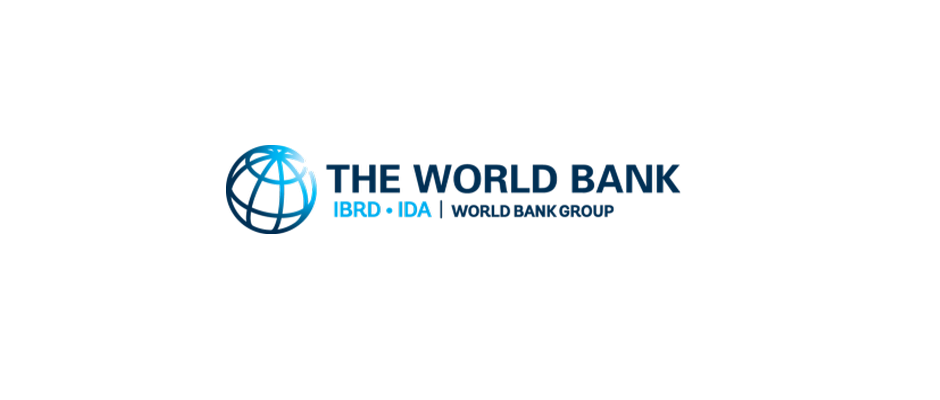
Since its adoption in 2015, the 2030 Agenda on Sustainable Development has shaped not only international development cooperation but also the design of national trajectories for social and economic development. In tandem with other global agendas adopted that year (such as the Paris Agreement on Climate Change and UN Habitat’s New Urban Agenda) it remains the global and regional blueprint for sustainable development despite the COVID-19 pandemic.
The term “localizing the Sustainable Development Goals (SDGs)” has been used to capture the importance of subnational governments for achieving national SDG agendas. However, there is little deeper analysis of the required nexus between fiscal, political, and legal arrangements for SNGs; their involvement in national policy arenas (which discuss and decide on national SDG strategies); and the need for locally disaggregated data systems on the one hand, and effective SDG localization strategies on the other hand.
It is this nexus between decentralization and localization which a recent book (edited by Bruno Carrasco, Hanif Rahemtulla, and Rainer Rohdewohld, and published by the Asian Development Bank) explores in greater detail by using country examples and conceptual analyses.
Specifically, the authors argue that developing countries in Asia and the Pacific need to tackle four dimensions of an enabling environment (notably functions, political participation in national SDG agendas, vertical integration of planning and budgeting processes, and locally disaggregated data systems) if they want to mobilize the contributions of SNGs in achieving the goals of the main global agendas, such as the 2030 Agenda, the New Urban Agenda, and the Paris Agreement on Climate Change.
Structure and details of the publication
The chapters of the publication are divided into two main parts: the first part (Chapters 1–7) will look at conceptual and thematic issues. While anchored in existing theories and empirical research on decentralization and fiscal federalism, these chapters will use empirical, country-specific findings and observations to examine such theories. Where possible, they will examine design and implementation features (such as planning and budgeting and the clear allocation of functions) which help make DLG reforms effective for accelerating the achievement of the SDGs.
The second part (Chapters 8–12) will discuss conceptual and thematic issues in the context of selected countries from the Asia and Pacific region. This combination of theoretically grounded thematic chapters with a more in-depth exploration of real-life country cases is expected to shed clarity on the core issue of the publication: how the details of the DLG arrangements can facilitate (or hinder) the full involvement of SNG in localizing SDG strategies. The countries selected come from major sub-regions, such as South Asia (Nepal), East Asia (Mongolia), Southeast Asia (Cambodia and Indonesia), and Central and West Asia (Pakistan).
All chapters strive to push forward a debate on good practices in DLG at a time when multi-level governance systems in Asia and the Pacific need to accelerate their joint efforts on achieving the SDGs by 2030:
Chapter 1 starts with the context factors and with the often less conclusive evidence underlining the success (or failure) of DLG reforms. As emphasized by the literature on DLG, it is the “context” and “design” of DLG reforms which determine the outcome of such reforms. An important aspect is the effectiveness of accountability mechanisms which reduce or facilitate “elite capture” and thus influence whether the benefits of decentralization can emerge. The chapter also addresses the link between DLG and gender, arguing that gen-der equality will not come automatically as part of DLG reforms, but needs to be aimed at and purposely factored into the design of such reforms and into their implementation strategies.
Chapter 2 deals with the main pillars of fiscal decentralization: expenditure responsibilities, revenue assignments, intergovernmental fiscal transfer systems, and borrowing by SNGs. The chapter indicates the diversity of arrangements in the Asia and Pacific region. An important argument is the call for stability and predictability of SNG financing which, despite elaborate legal arrangements, is often lacking.
Chapter 3 illustrates how the scope of local planning and budgeting is deter-mined by the governance context specific to each country and the way service delivery is shared between tiers of governance.
Chapter 4 re-visits the aspect of reform design, arguing that clarity on the legal mandates for sector functions is a key for effective service delivery by SNGs. The concept of functional assignment is described using examples from countries in Asia where the concept has increasingly found traction since its relevance was recognized in the context of Indonesia’s “Big Bang” decentralization in 1998–1999. The chapter also looks in more detail at two meta studies which analyze the effects of DLG reform for the health and education sectors.
Chapter 5 continues the conversation on how the impacts—intended or unintended, positive or negative—of DLG reforms can be assessed in a methodologically robust manner. The chapter describes the multi-level, multi-sector nature of such reforms, and what it means for clearly linking observable effects with reform interventions. The chapter furthermore elaborates on the need for effective accountability mechanisms in a decentralized setting. It describes some of the mechanisms which can be found in Asia, such as social audits, minimum service standards, and the linking of fiscal transfer systems with performance.
Chapter 6 on localizing SDGs in Asia and the Pacific deals with the core theme of the publication: the understanding and status of localizing SDGs in the region, and how this is linked with the political, legal, fiscal, and institutional framework for SNGs. The notion of the enabling environment is taken up again and developed further. The chapter furthermore analyzes the implications of the COVID-19 pandemic and describes ADB’s alignment with the 2030 Agenda and its 17 SDGs.
Chapter 7 deals with an aspect that is easily neglected but has been identified as a crucial factor for the effectiveness of DLG reforms: the planned and consistent implementation of such reforms. The chapter argues that a coherent reform strategy and implementation road map, which covers the essential building blocks of DLG reforms in a systematic and holistic manner, contributes significantly to making DLG reform a success. Taking up the under-standing of DLG reforms as deeply political reforms (as highlighted in Chapter 1), the chapter also looks at the political economy of such reforms and at the interests of different stakeholders involved that shape and influence the reform design, sometimes leading to inconsistencies and less optimal design decisions.
Country Chapters
The second part of the publication consists of five chapters which analyze the existing decentralized, multi-level systems of Cambodia, Indonesia, Mongolia, Nepal, and Pakistan, thus covering several sub-regions and including both federal and unitary states.
The country chapters follow a common structure which considers the constitutional and legal framework for SNGs and their core functions, existing institutional arrangements at the national level for managing and guiding SNGs and achieving intergovernmental coordination, the performance of SNGs, and how this is being measured. The country chapters also examine the political, institutional, and operational framework for the national 2030 Agenda and for localizing SDGs, including an assessment of the four elements of the enabling environment discussed in Chapter 6 (legal mandates, policy arenas, planning and budgeting systems, and data and M&E systems). In outlining current challenges for SNGs, the chapters also examine responses to the COVID-19 pandemic and whether any lessons can be learned for strengthening the existing multi-level arrangements.
The concluding chapter highlights major implications of the preceding chapters’ deliberations for accelerating progress toward achieving the SDGs by 2030.
Carrasco, B., Rahemtulla, H.A., & Rohdewohld, R. (eds.). (2022). Decentralization, Local Governance, and Localizing the Sustainable Development Goals in Asia and the Pacific (1st ed.). Routledge. https://doi.org/10.4324/9781003282297
The Open Access version of this book, available here, has been made available under a Creative Commons Attribution-Non-Commercial-No Derivative License (CC BY-NC-ND 3.0 IGO).





